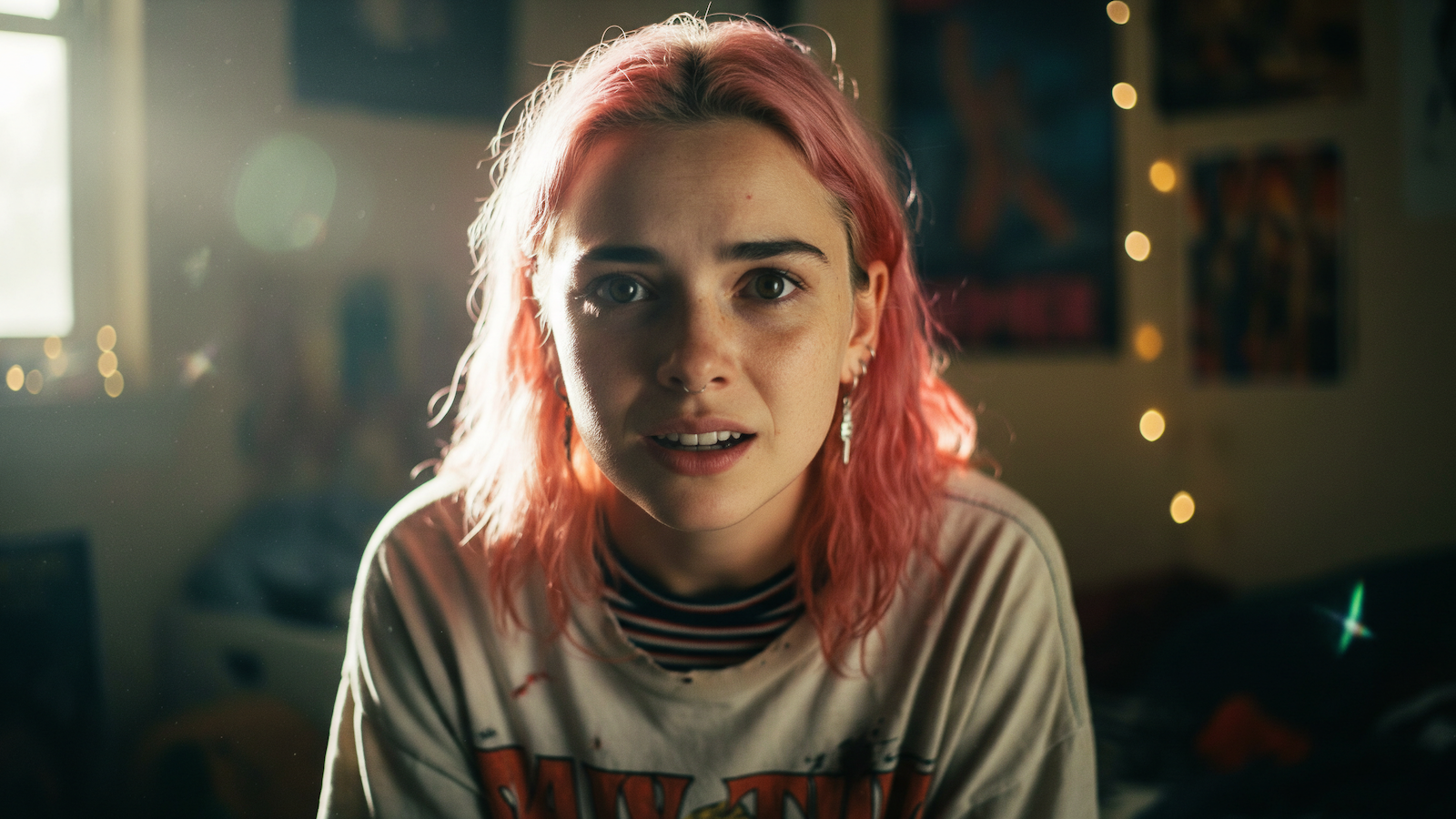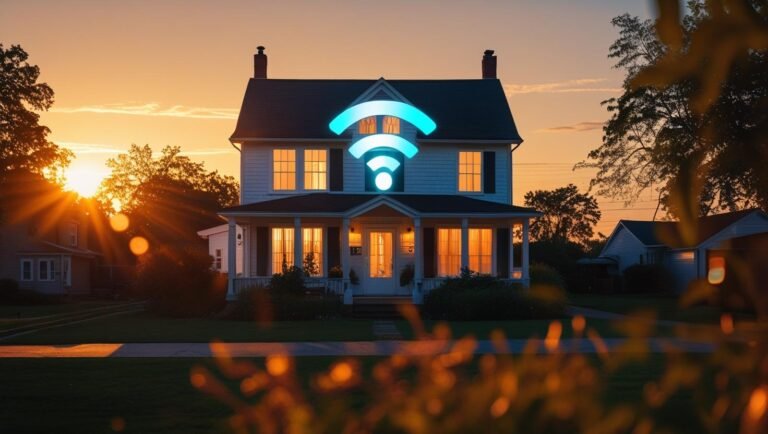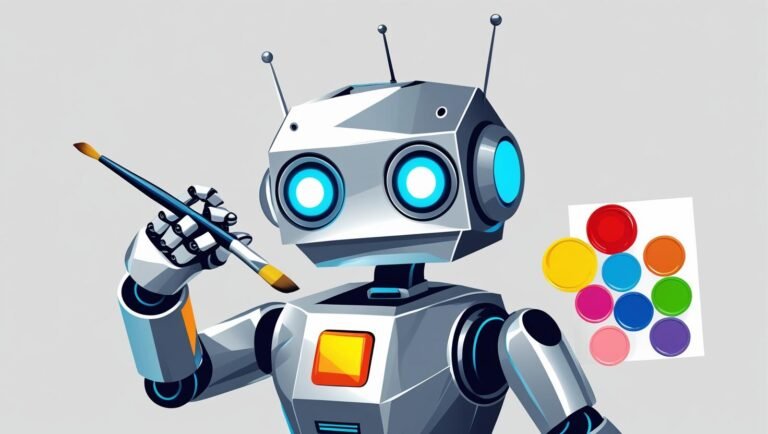What Is Google Veo 3?
Google Veo 3 is the latest generation of Google DeepMind’s AI-powered video generation model. It transforms simple text or image prompts into high-resolution, photorealistic videos—complete with synchronized audio, including dialogue, ambient sounds, and music. Designed for creators, marketers, and developers, Veo 3 enables the rapid production of cinematic-quality content without the need for traditional filming or post-production tools.
Unlike earlier models that focused solely on visuals, Veo 3 is a multimodal AI system—meaning it understands and generates both video and audio in tandem. This makes it a game-changer for storytelling, advertising, and digital content creation.
A Brief History of the Veo Software
The Veo journey began in May 2024, when Google DeepMind introduced the original Veo model at Google I/O. It was a text-to-video generator capable of producing 1080p clips over a minute long. Later that year, Veo 2 was released with support for 4K resolution and improved physics simulation, making scenes more realistic and fluid.
In April 2025, Veo 2 became available to advanced users through the Gemini app. Then, in May 2025, Google unveiled Veo 3, which marked a major leap forward by integrating native audio generation. This version was described by DeepMind’s CEO as the moment AI video “left the silent film era behind”.
Key Features and Characteristics of Veo 3
Veo 3 is packed with innovations that set it apart from previous versions and competing tools:
- Synchronized Audio Generation: Veo 3 can generate dialogue, sound effects, ambient noise, and background music that match the visuals—no separate audio editing required.
- High-Resolution Output: It supports 4K video generation with cinematic quality, realistic lighting, and detailed textures.
- Real-World Physics Simulation: From water ripples to human motion, Veo 3 simulates physical interactions to create believable scenes.
- Prompt Adherence: The model follows user instructions with high accuracy, allowing creators to control tone, style, and scene composition.
- Creative Flexibility: Whether you’re animating a product demo, crafting a short film, or generating social media content, Veo 3 adapts to diverse storytelling needs.
- Enterprise-Ready: Available on Google Cloud’s Vertex AI, Veo 3 includes safety filters, watermarking (via SynthID), and scalability for business use.
What Users Are Saying About Google Veo 3
David Nield, a seasoned tech journalist, shared his experience after testing Veo 3:
“You can get some great results with Google Veo 3, but not every time.”
He noted that while the tool is impressive, it still has occasional inconsistencies in output quality.
Syarafina Kuswahyuni, from Motion The Agency, conducted in-depth testing for client projects and internal concepts:
“Veo 3 nails prompt understanding, facial realism, and lip sync. It feels like a real film or ad shoot.”
Her team praised its cinematic camera movement and realistic lighting, though they noted it’s still best suited for short-form content.
Pollo AI, a reviewer focused on generative tools, highlighted both strengths and limitations:
“What impresses me most is how it can create dialog that matches the characters’ lip movements—it’s so natural that sometimes it doesn’t look like it’s AI-generated.”
However, they also pointed out that audio and caption generation can be unpredictable, and the subscription cost is steep.
Google Veo 3 isn’t just a tool—it’s a creative partner that’s redefining how stories are told in the digital age. Whether you’re a solo creator or part of a production team, it offers a powerful, intuitive way to bring your vision to life.
image sources
- Google Labs: https://labs.google/










